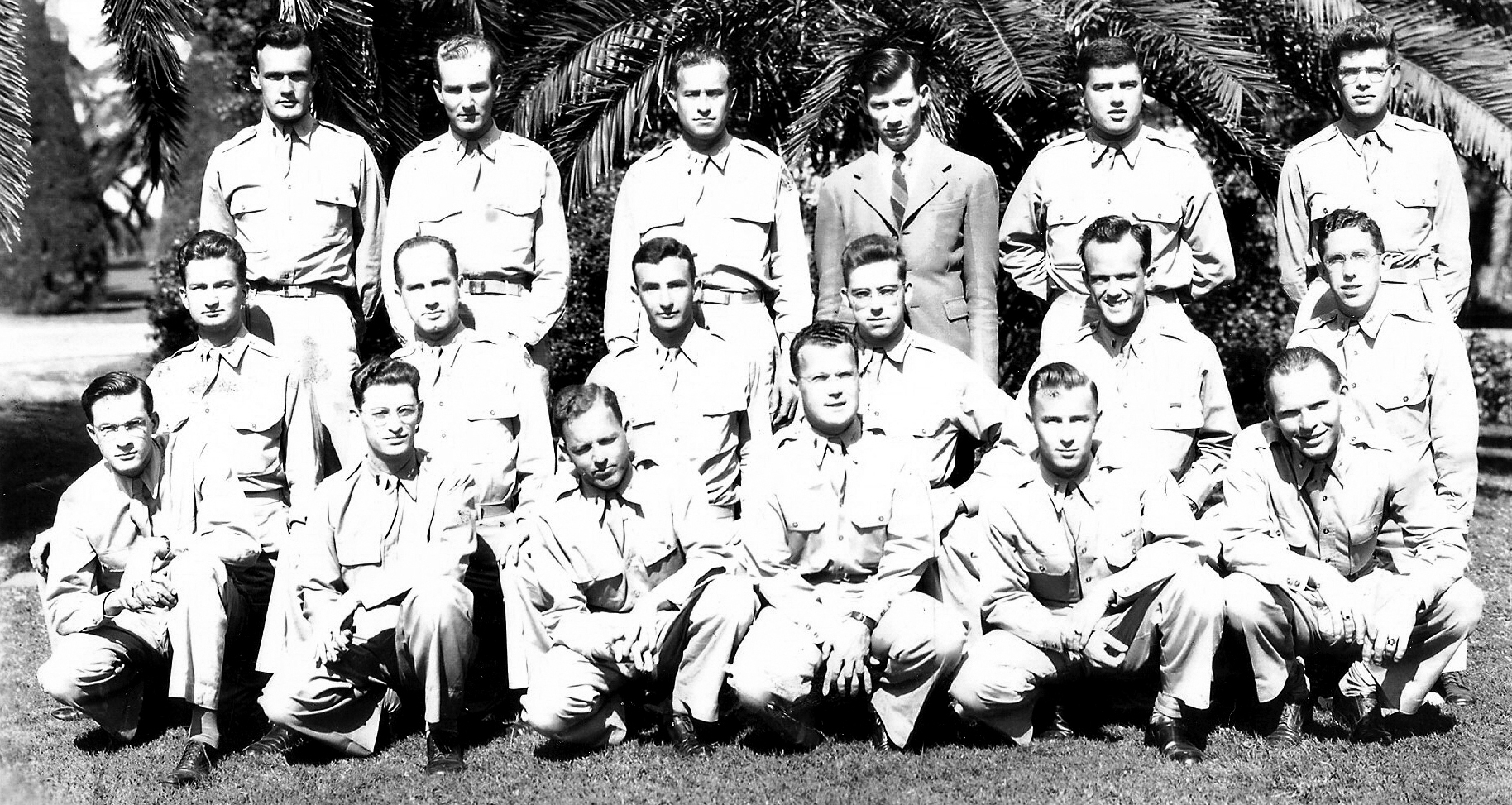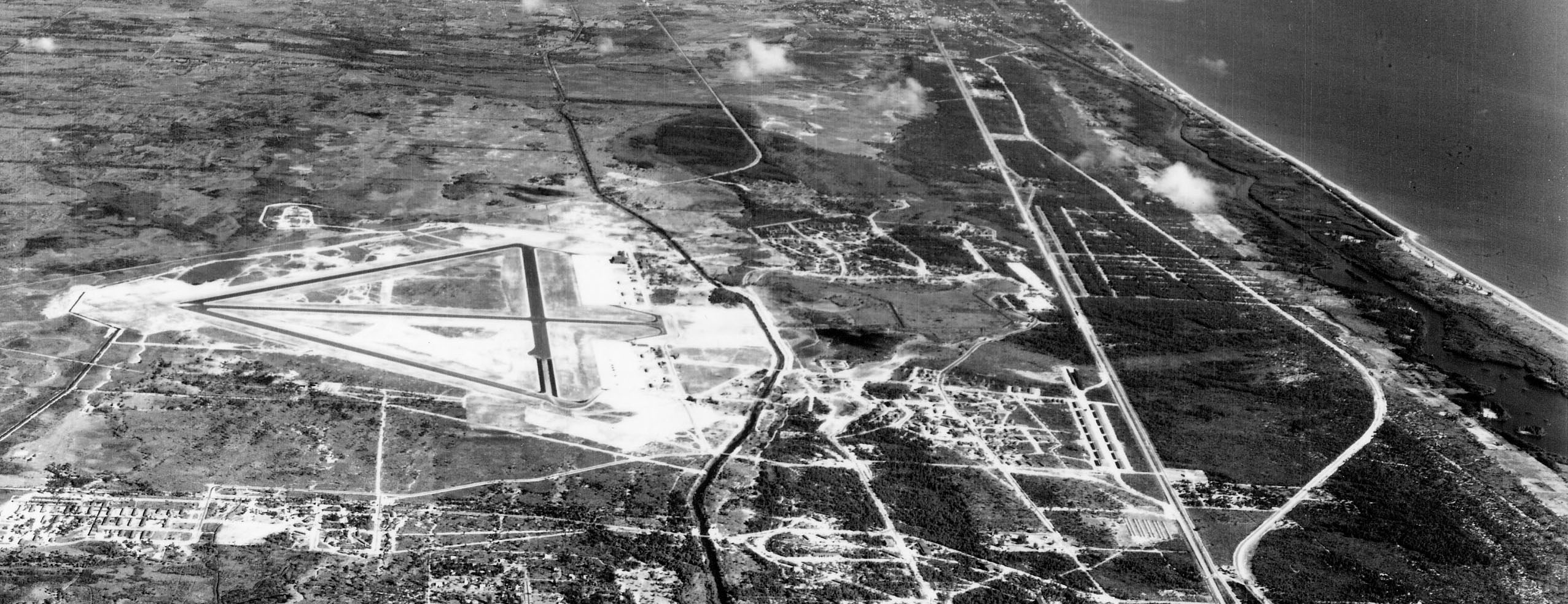Boca Raton's Little-Known Role in Securing WWII Victory
Sue Skemp received her B.S. in the old mechanical engineering building at FAU — the same building where, years before – according to family lore – her dad helped win World War II. Theirs was a little-known story that connected Boca Raton to Europe and beyond.
When France fell to Germany in 1940, Britain stood alone against Hitler. The British had been working on a radar device that could potentially help to defeat the Germans, but they were too overwhelmed with war production to complete its design.
Perhaps the Americans could help. In June 1940, Churchill gave FDR Britain’s most advanced weapons technology. America’s top scientists transformed the British device into a mechanism small enough to put in a plane and simple enough to use in battle. They tested it on German U-boats that were attacking merchant ships up and down America’s East Coast.
The radar passed the test. Military brass hurried it to the Boca Raton Army Air Field, where they would install it on thousands of B-17s and teach pilots how to use it. As many as 100,000 servicemen secretly studied aerodynamics, communications, and engineering, sometimes 20 hours a day, before being shipped off to air wars in Europe and the Pacific.
Each was sworn to silence. “The base itself was not secret, but what they did there was,” said Susan Gillis, curator of the Boca Raton Historical Society & Museum. “Students could not take notes in class. You could be court-martialed for saying ‘radar.’ Even after the war, the vow was never lifted.”
But great stories don’t stay secret forever. On Nov. 1, 400 people poured onto FAU’s main campus to attend the premiere of "Boca Raton: The Secret Weapon that Won World War II," a fascinating documentary produced by the Miami-based WLRN Public Radio and Television station about the secret base and the city’s role in the wider theater of war.
"That radar facility, that instruction, that technology — being an engineer, I feel the pride of that."
— Sue Skemp
“The people in the film felt very passionate about the story, while the people watching it at FAU asked so many questions that we had to bring the evening to a halt,” said WLRN producer Francesca de Onis.
WLRN had good reason to premiere the film at FAU: the university is built on 1,000 acres of the former airfield. Markings from the old runways still adorn FAU’s parking lots. Four of the base’s 800 buildings remain university facilities.

Sue Skemp’s father, Charles F. Hill (pictured top left), was a captain at the Boca Raton Army Air Field, where he led one of the training battalions. Skemp, who was born on the army base, was executive director of FAU's Southeast National Marine Renewable Energy Center.
The building where Skemp’s father worked isn’t one of the four remaining from the old base, but something else endures. “Here is this small little town that had such a significant part in helping to bring the war to an end. That radar facility, that instruction, that technology — being an engineer, I feel the pride of that,” says Skemp.
"Boca Raton: The Secret Weapon that Won World War II" will air nationwide on PBS this year.
If you would like more information, please contact us at dorcommunications@fau.edu.
